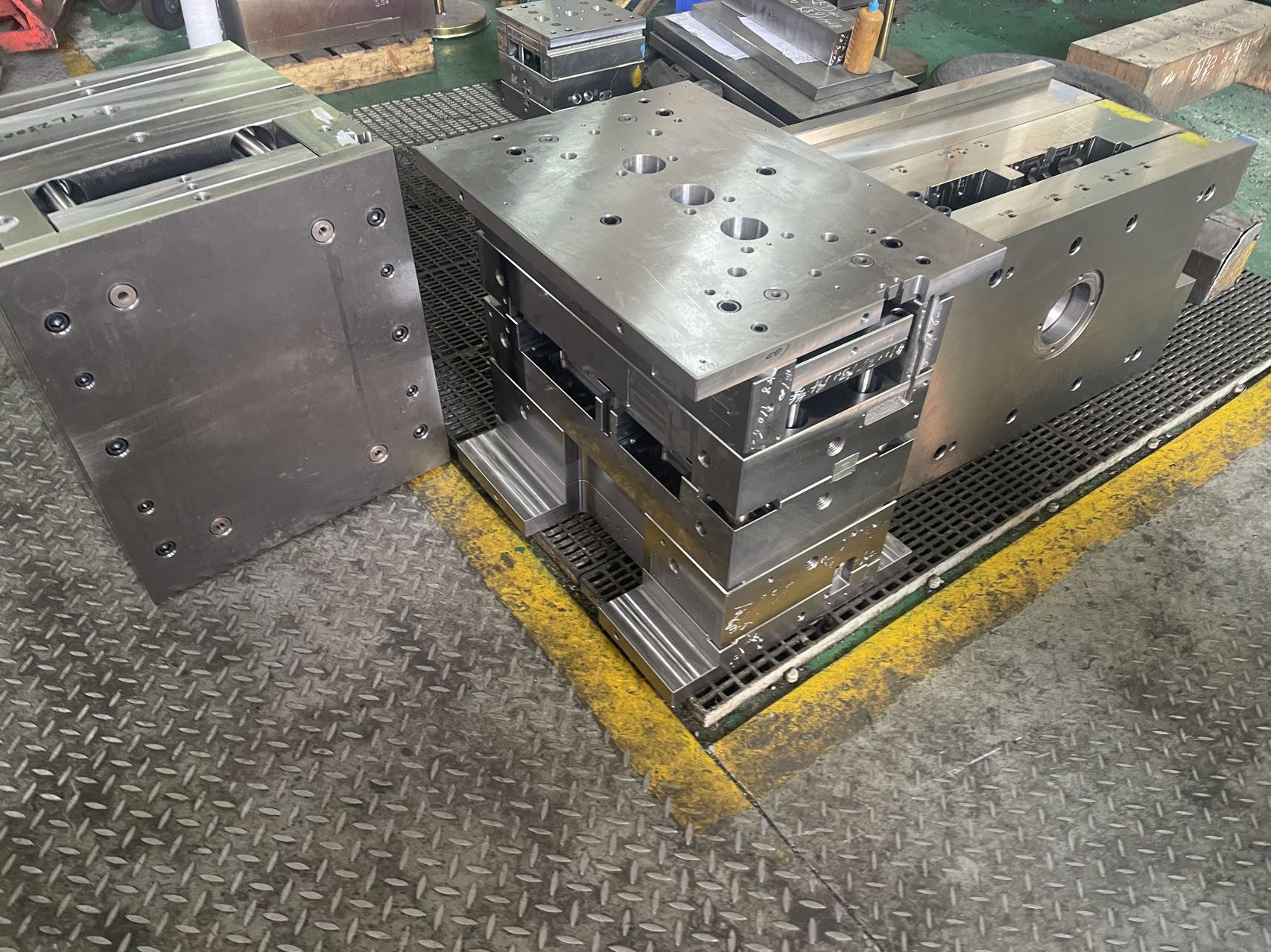In the competitive landscape of Korean industries, the need for precision and durability in manufacturing processes is paramount. High-quality tool steel plates have emerged as essential components that can significantly enhance the performance of machinery and tools. This article explores the benefits, types, applications, and key considerations when selecting tool steel plates for various sectors in Korea.
Understanding Tool Steel
Tool steel is a type of carbon and alloy steel that is processed to possess certain essential qualities such as hardness, wear resistance, and toughness. These attributes make tool steel an excellent choice for manufacturing tools, dies, and other components subjected to high stress and mechanical wear.
Benefits of High-Quality Tool Steel Plates
Using high-quality tool steel plates in production has numerous benefits:
- Enhanced Durability: Tool steel plates are engineered to withstand extreme wear and tear, contributing to longer tool life and reduced costs associated with replacements.
- Precision Engineering: The uniformity and consistency of high-quality tool steel plates allow for precise machining and fabrication, critical for maintaining tolerances in manufacturing processes.
- Versatile Applications: Available in various grades and specifications, tool steel plates can be tailored for a wide range of applications, from cutting tools to molds and dies.
- Improved Productivity: The reliability and strength of tool steel reduce downtime due to tool failure, thus enhancing overall operational efficiency in factories.
Types of Tool Steel Plates
There are several categories of tool steel, each characterized by its unique properties and applications:
- Cold Work Tool Steel: Known for its high hardness and wear resistance, cold work tool steel is ideal for applications like stamping and forming where high dimensional stability is crucial.
- Hot Work Tool Steel: Designed for high-temperature applications, this type of tool steel maintains its hardness even under extreme thermal conditions, making it suitable for forging and die-casting.
- High-Speed Steel: Famous for its ability to withstand high temperatures during cutting operations, high-speed steel is often used in drill bits and cutting tools.
- Alloyed Tool Steel: This category includes various alloying elements that improve specific characteristics, providing enhanced performance in specialized applications.
Applications in Korean Industries
Korean industries apply tool steel plates across several sectors:
- Automotive Manufacturing: High-quality tool steel plates are essential for fabricating components like dies and molds that require precision extrusions and cuttings.
- Electronics: In the electronics sector, tool steel is vital for producing complex components and dies used in manufacturing devices.
- Aerospace: Tool steels are crucial for producing key components that must withstand harsh environments and high stress, ensuring safety and reliability.
- Medical Devices: The ability to maintain material integrity over time is essential in the production of surgical instruments and devices.
Factors to Consider When Selecting Tool Steel Plates
When choosing tool steel plates, consider the following factors:
- Grade Selection: Different grades of tool steel come with varied properties suited for specific applications. Understanding your application’s requirements is vital.
- Thickness and Dimensions: Ensure that the dimensions adhere to your manufacturing design specifications to prevent complications during machining.
- Heat Treatment: The heat treatment process can significantly affect the hardness and toughness of tool steel, so it should be aligned with the intended usage.
- Supplier Quality: Choosing a reliable supplier is essential to ensure that you receive high-quality materials that meet international standards.
Quality Assurance and Standards
Quality assurance is critical in maintaining the integrity of tool steel plates. Many suppliers adhere to international standards such as:
- ISO 9001: Certification ensures consistent quality management systems.
- ASTM Standards: The American Society for Testing and Materials provides guidelines for physical properties and testing of tool steels.
Looking for suppliers with these certifications can help you ensure the longevity and performance of your tools.
Conclusion
In the Korean manufacturing landscape, the demand for high-quality tool steel plates has never been greater. These plates deliver enhanced durability, precision, and versatility, enabling various industries to achieve their production desires while keeping costs manageable. By understanding the types, benefits, and factors to consider, companies can make informed decisions that contribute to operational excellence. Investing in top-quality tool steel from reputable suppliers will ensure that Korean industries continue to thrive in a global market.
FAQ
What is tool steel used for?
Tool steel is used primarily for making tools, dies, and molds that require high durability and wear resistance.
How do I choose the right grade of tool steel?
Choosing the right grade depends on the application, required hardness, wear resistance, and heat treatment considerations.
What industries benefit from high-quality tool steel plates?
Industries such as automotive, electronics, aerospace, and medical device manufacturing benefit significantly from high-quality tool steel plates.
Are there eco-friendly options for tool steel?
Some suppliers are now producing tool steels using environmentally friendly processes and materials; always inquire about sustainability practices when selecting a supplier.
How can I ensure the quality of tool steel plates I purchase?
Request certifications, inspect the supplier's quality assurance practices, and compare with industry standards to ensure high-quality purchases.

